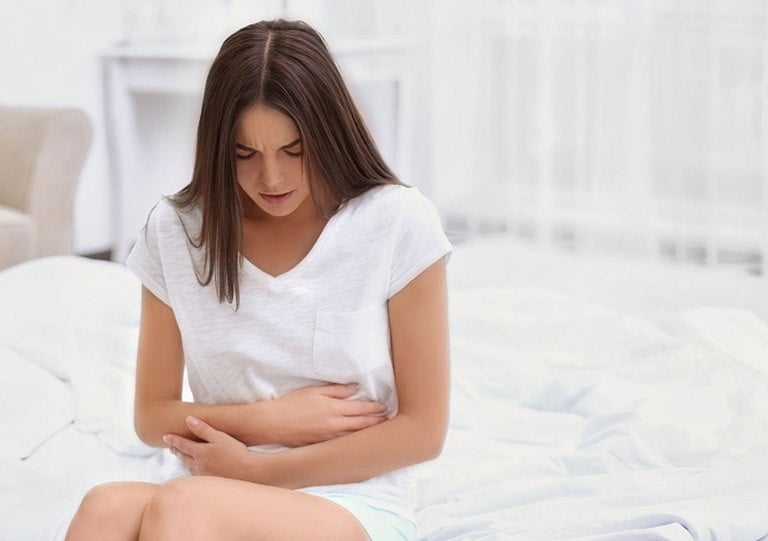The length of a woman’s menstrual cycle is not the sole determinant of her health; regularity and other related factors are more crucial. A detailed comparison and analysis are provided below:
1. What Constitutes a Short or Long Menstrual Cycle?
– Normal cycle: 21–35 days (counted from the first day of menstruation to the first day of the next period)
– Short: Less than 21 days
– Long: More than 35 days
Menstrual duration of 2–7 days is considered normal.
Who is Healthier: Women with Short or Long Menstrual Cycles?
There is no general conclusion on whether women with shorter or longer cycles are healthier. Both can be normal or abnormal depending on the circumstances:
Normal Cycle Cases:
– Short cycles typically range from 21–24 days. However, if the short cycle is regular, without abnormal pain and stable menstrual flow, it may be due to genetic factors or physical constitution.
Advantage: Easier to track ovulation when trying to conceive.
– Long cycles usually span 35–40 days. If they are regular and without abnormal symptoms, it could be a personal characteristic.
Advantage: Fewer periods throughout the year.

Abnormal Cases (Medical Check Needed):
– Short cycle (less than 21 days or irregular): This could be due to polycystic ovary syndrome, hypothyroidism, stress, or being underweight. Infrequent ovulation may lead to fertility issues.
One cannot conclude that short or long cycles indicate better health. It depends on regularity and accompanying symptoms. If the cycle is regular and without abnormalities, both are considered normal.
How to Supplement Female Hormones
To naturally and safely increase female hormones (estrogen and progesterone), consider the following methods:
Include soy milk, tofu, and miso (rich in isoflavone) in your diet.
Flaxseeds: A great source of lignans, which help boost estrogen levels.
Green beans, lentils, sesame seeds. Pomegranates, apples, plums, cherries. Carrots, sweet potatoes, broccoli, garlic.
Vitamin & Mineral-Rich Foods:
– Vitamin E: Almonds, avocado, olive oil.
– Omega-3: Salmon, tuna, chia seeds (reduce inflammation and balance hormones)
– Zinc: Oysters, red meat, pumpkin seeds (support progesterone production)
Exercise Moderately:
– Yoga, meditation: Reduce cortisol (stress hormone) and help balance estrogen.
– Light exercises: Walking, swimming. Avoid overexertion, which may decrease estrogen levels.

Get Enough Sleep and Manage Stress
– Aim for 7–8 hours of sleep per night. Lack of sleep disrupts melatonin and estrogen levels.
– Reduce stress: High cortisol levels cause hormonal imbalances. Try deep breathing or listening to relaxing music.
Steer Clear of Endocrine Disruptors
For a stable menstrual cycle and overall well-being, avoid harmful chemicals found in pesticides and cosmetics. Alcohol and tobacco use should also be avoided as they decrease estrogen levels. Additionally, refined sugar and carbohydrates can cause insulin resistance, impacting hormones.
Note: Consult a doctor if you have any underlying health conditions. Taking care of your body in these ways will improve your overall health and increase your chances of conception.






































